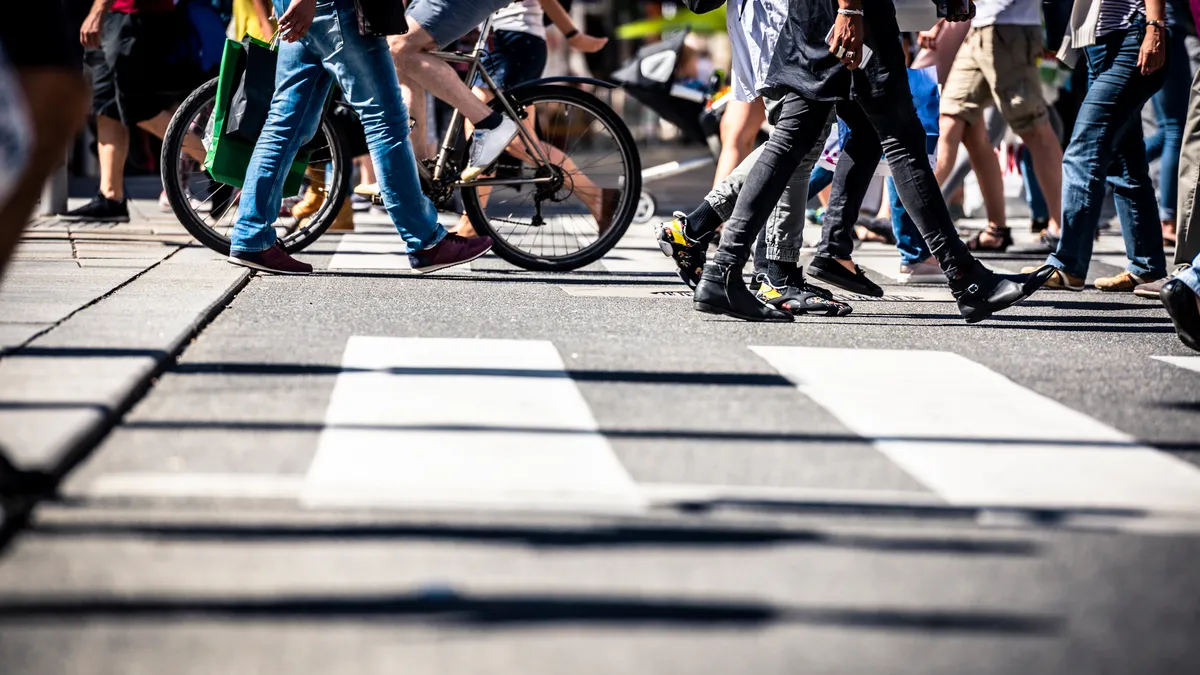Transportation leaders addressed how to ensure equal access and safety for all road users this week in the first webinar of a series on equity in roadway safety from the Federal Highway Administration.
FHWA’s outreach coincided with the opening of applications for nearly $1.2 billion in competitive grants from the Safe Streets and Roads for All program, available to cities, towns, counties, tribal governments and metropolitan planning organizations.
The bipartisan infrastructure law has been “absolutely critical” in Houston’s efforts to move forward with its Vision Zero programs, said Veronica Davis, director of transportation and drainage operations, speaking on the webinar. Proven successful in Europe, Vision Zero acknowledges that people traveling on roadways will make mistakes and that roads should be designed to prevent severe injuries and fatalities.
Houston has already received several grants, Davis said. “These funds allow us to truly be able to advance safety in areas where we have persistent poverty, where Black and Brown people are dying and are being seriously injured,” Davis said.
Davis explained that her department’s focus is on multimodal safety. “We’ve made a lot of changes, which are now in the process of being codified within our infrastructure design manual,” including standards that benefit pedestrians, bicyclists and transit users, she said.
“In California, we’ve made the shift to a people-focused transportation system,” said Toks Omishakin, the state’s transportation secretary. The California Department of Transportation partnered with community and nonprofit organizations to help determine spending priorities, for example, he said. This led to the department setting aside $100 million from the state maintenance budget to make improvements for vulnerable road users and those using transit.
Leah Shahum, founder and director of the Vision Zero Network, brought up the issue of “victim blaming,” such as ascribing fault to a pedestrian when an incident with a motor vehicle occurs. Pedestrian safety is “not easy when you don’t have good sidewalks, when you have monster roads with high speeds and high traffic,” she said. Shahum added that many communities are designed to move “a lot of cars quickly” and are “not actually built on levels of safety for human bodies.”
Ruth Petersen, director of the division of nutrition, physical activity and obesity at the Centers for Disease Control and Prevention, suggested that communities can “create activity-friendly routes.” By providing access to everyday destinations through walking, bicycling or using public transportation, “people will be more physically active and health outcomes will improve,” she said.
Future webinar sessions in the series will focus on ways to make roads safer for people with disabilities, rural communities and tribal partners.












